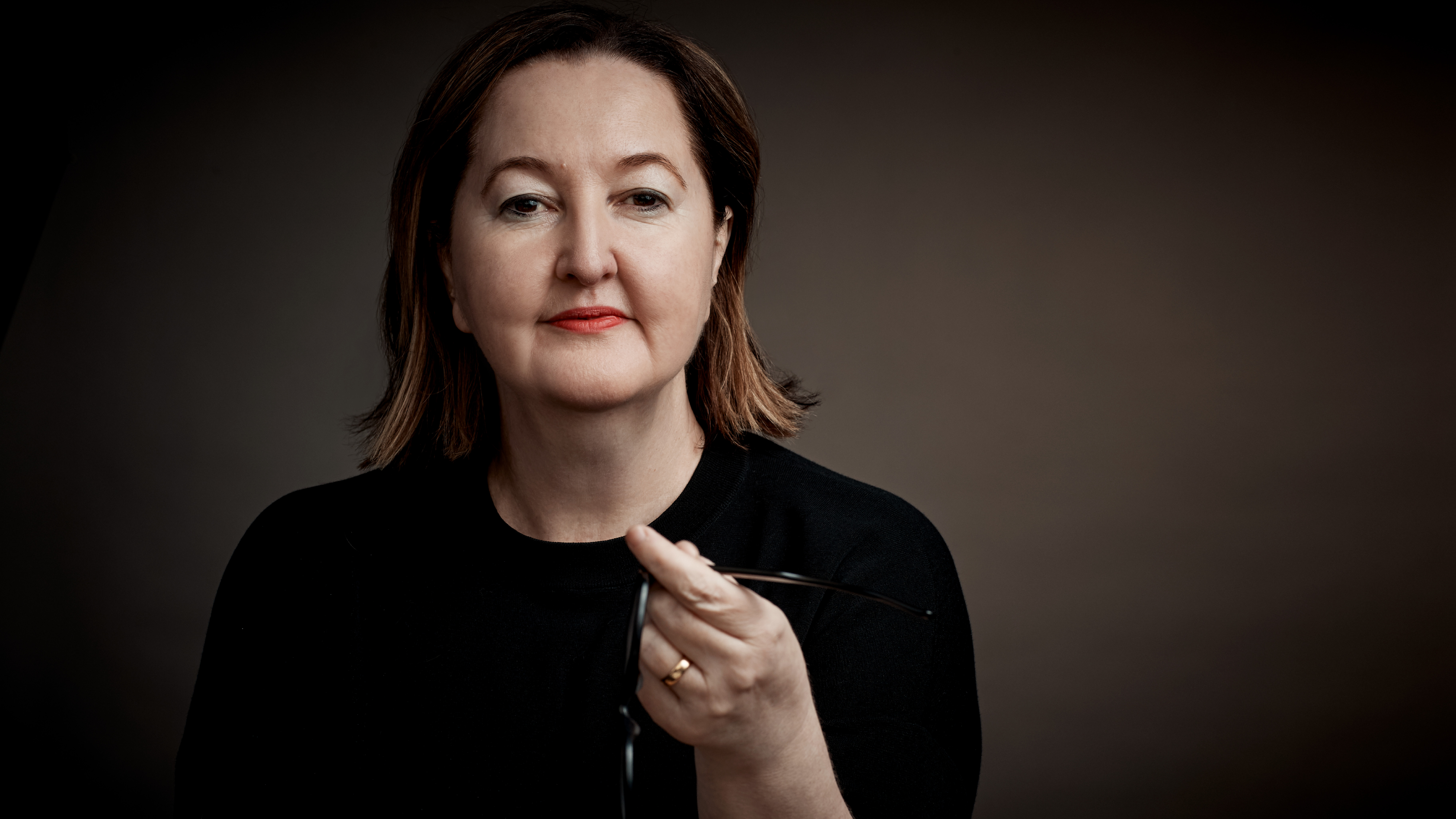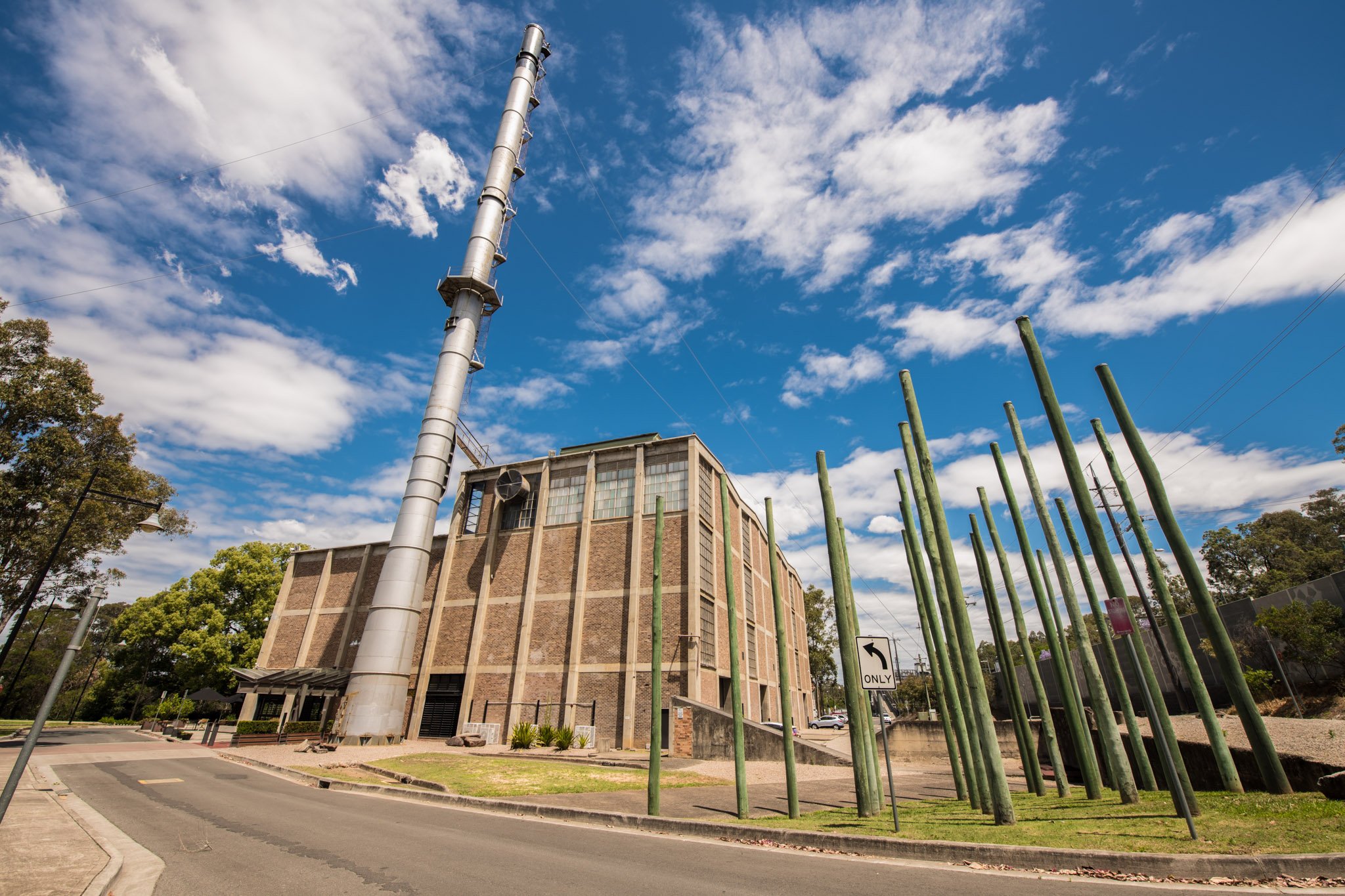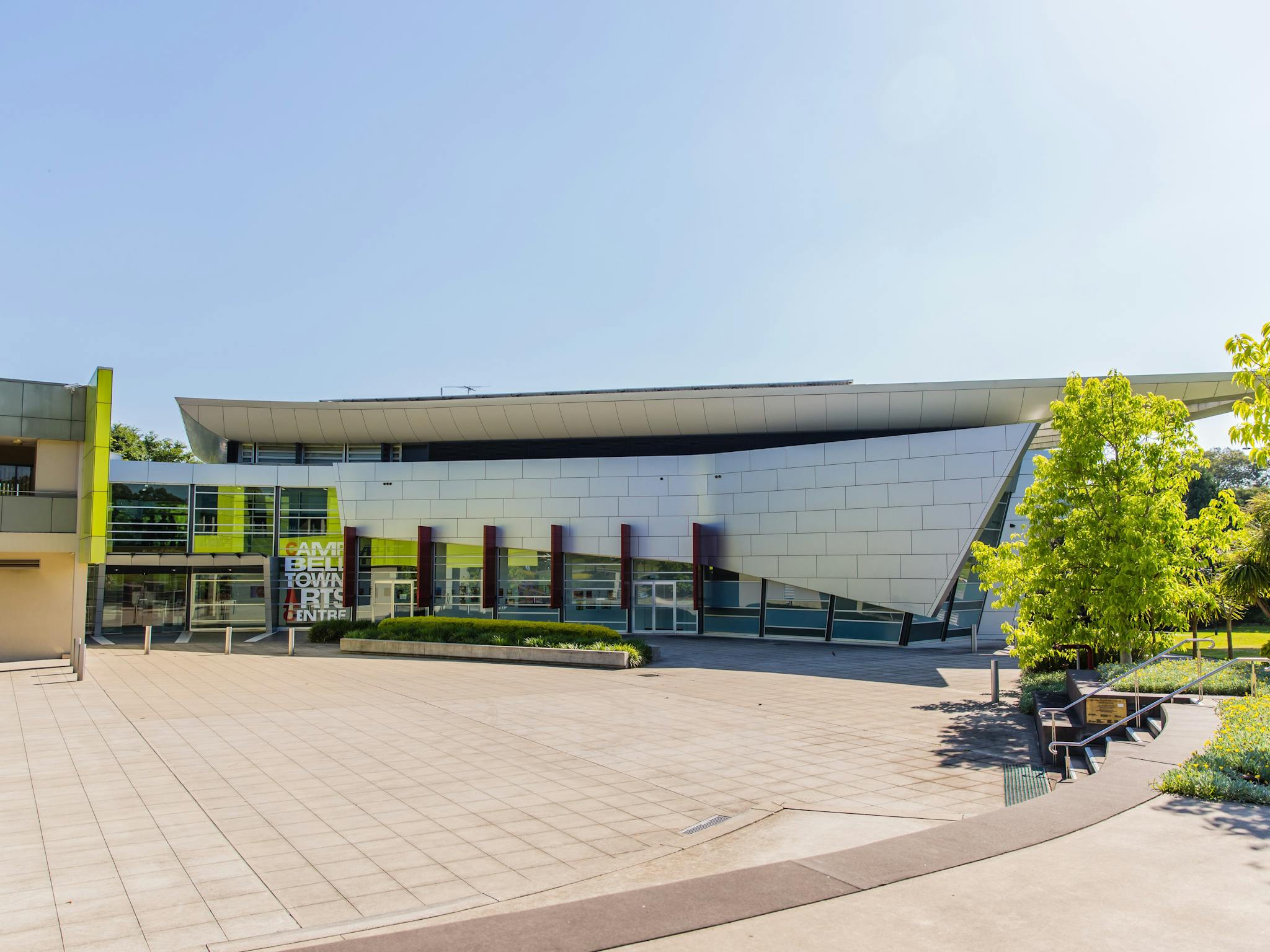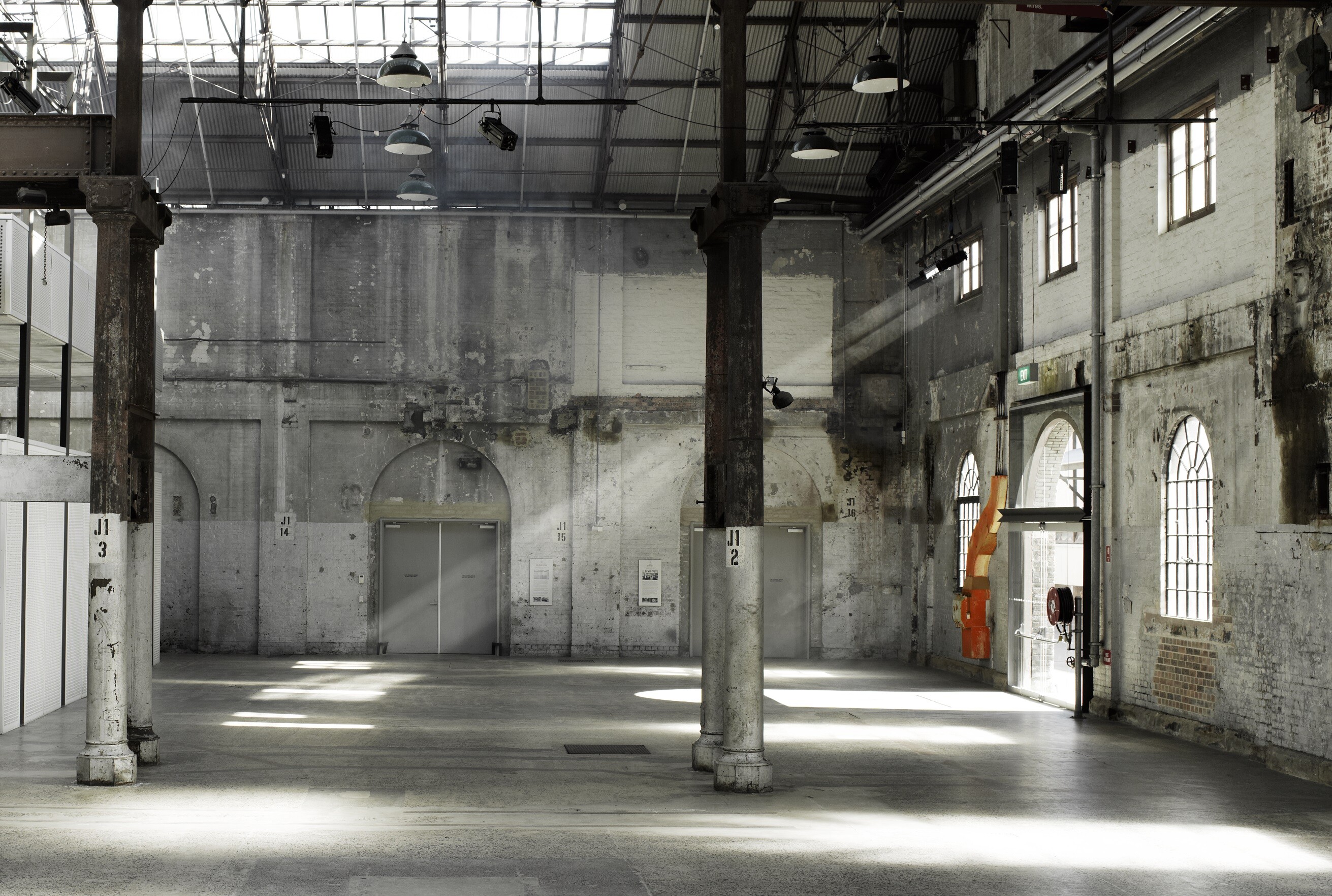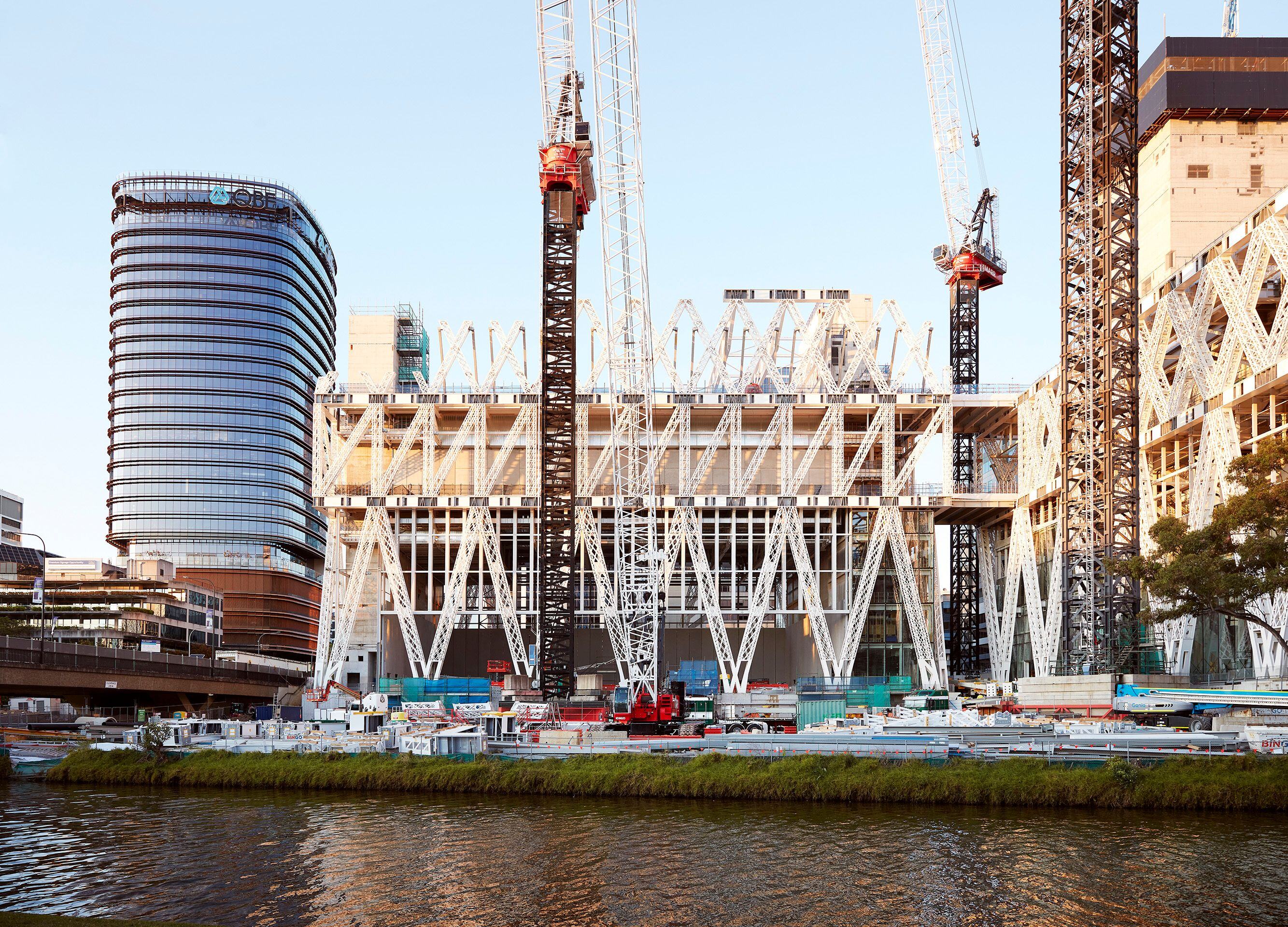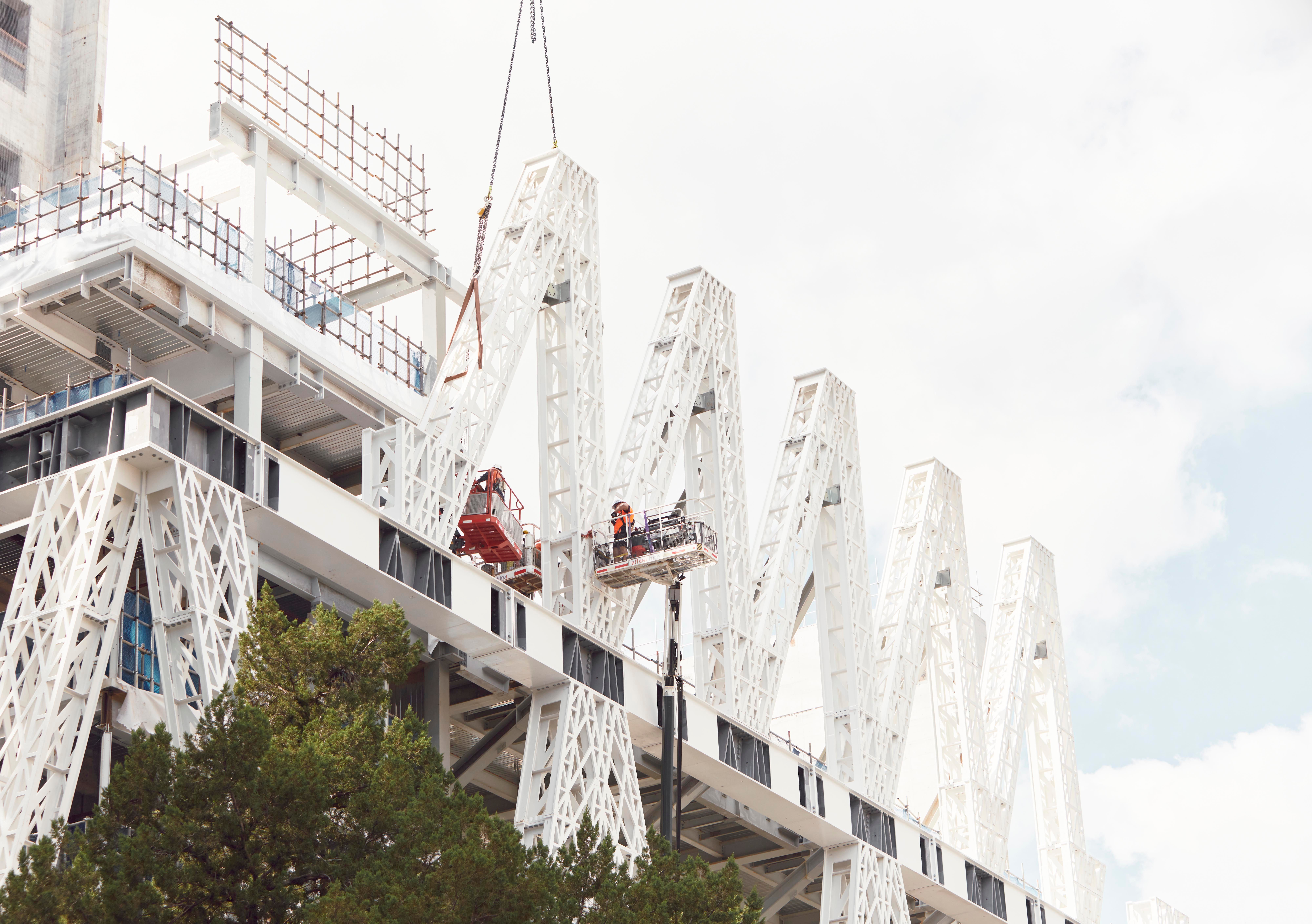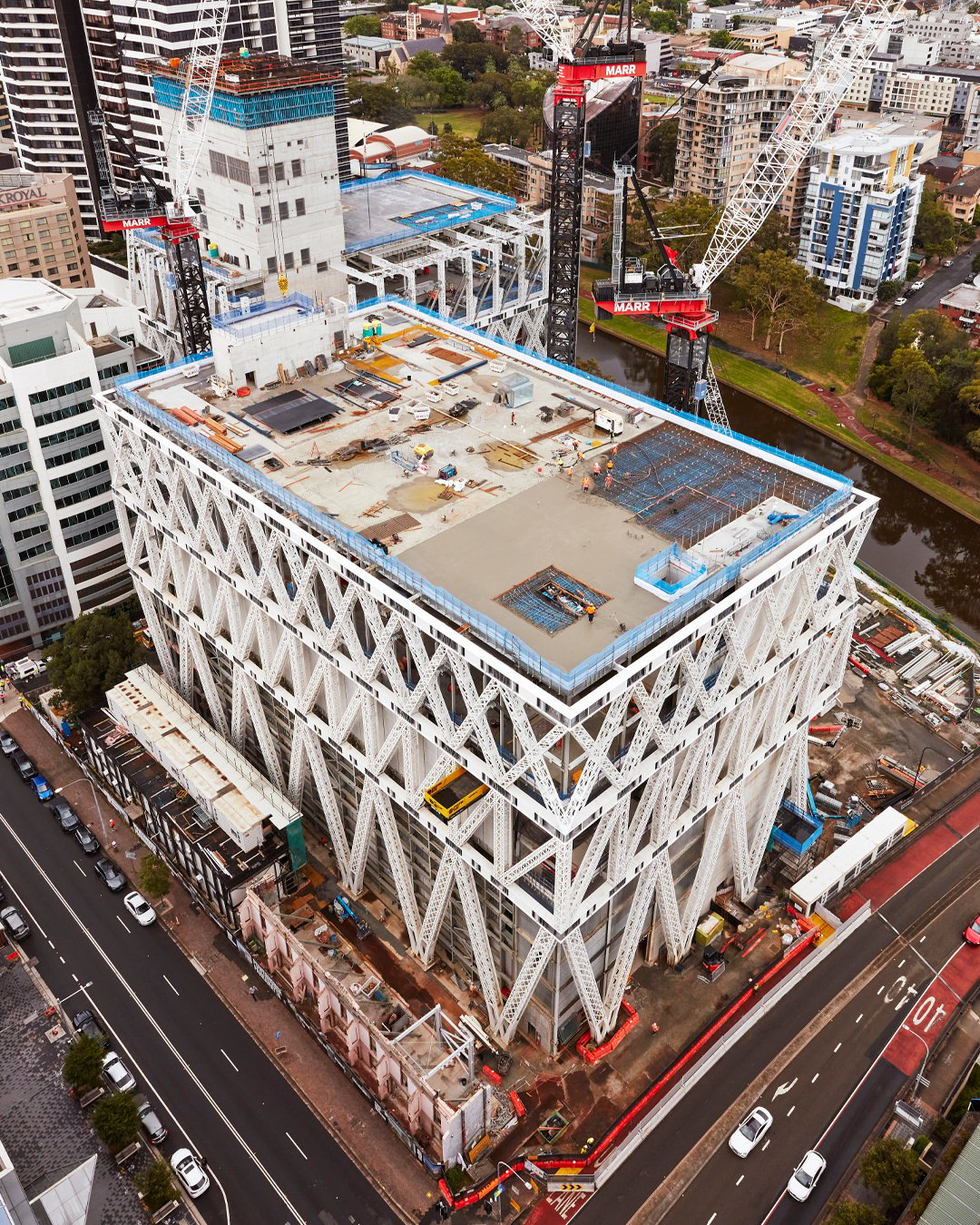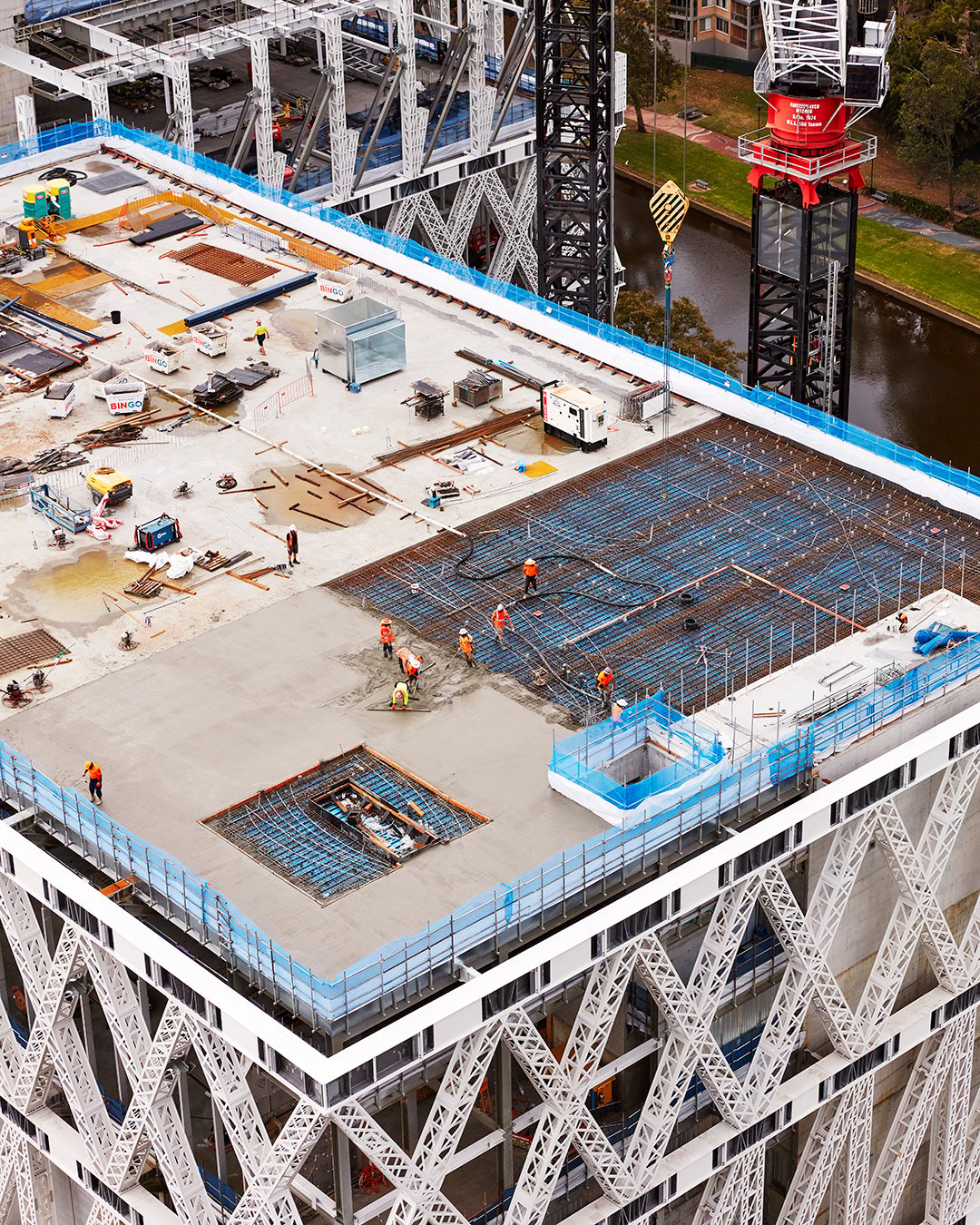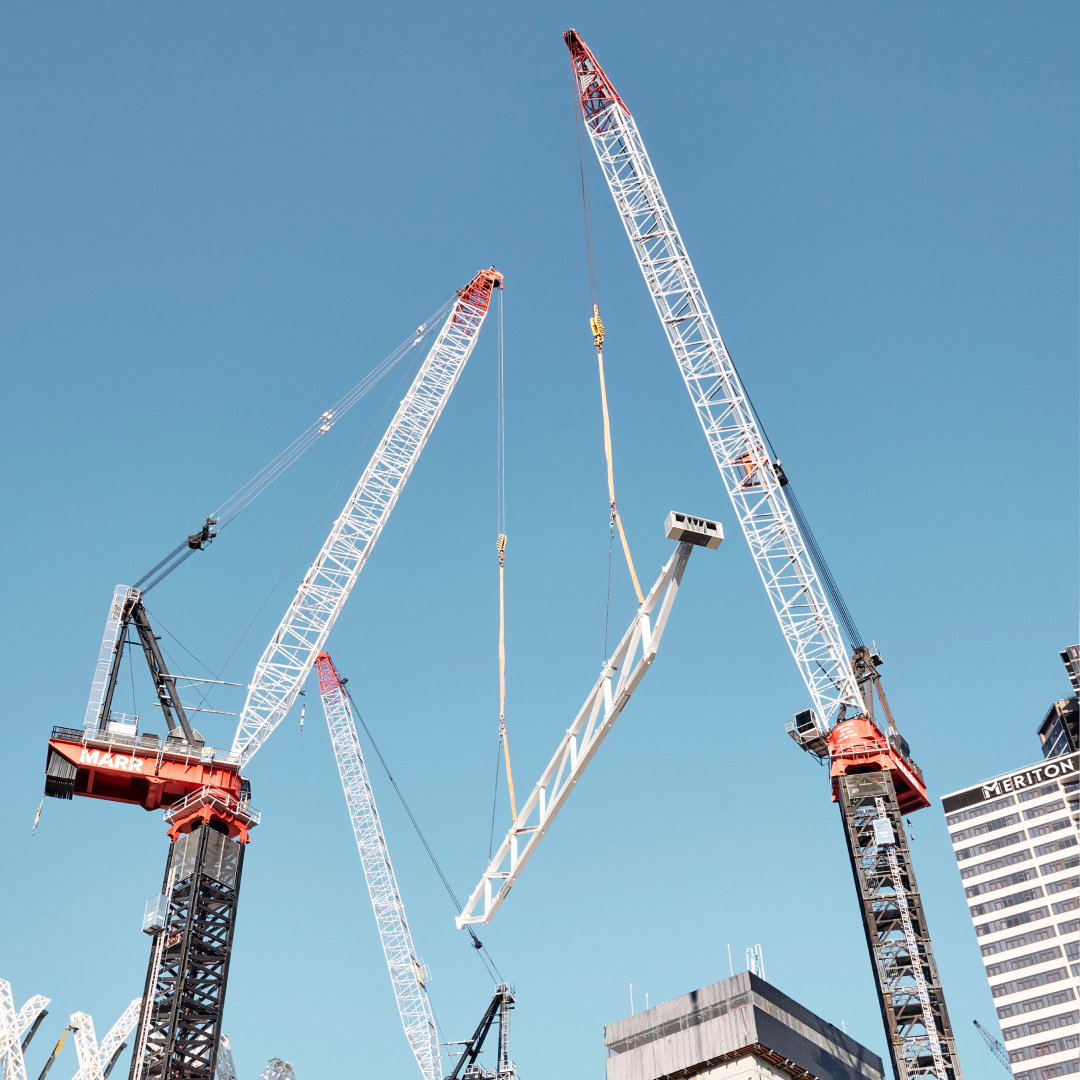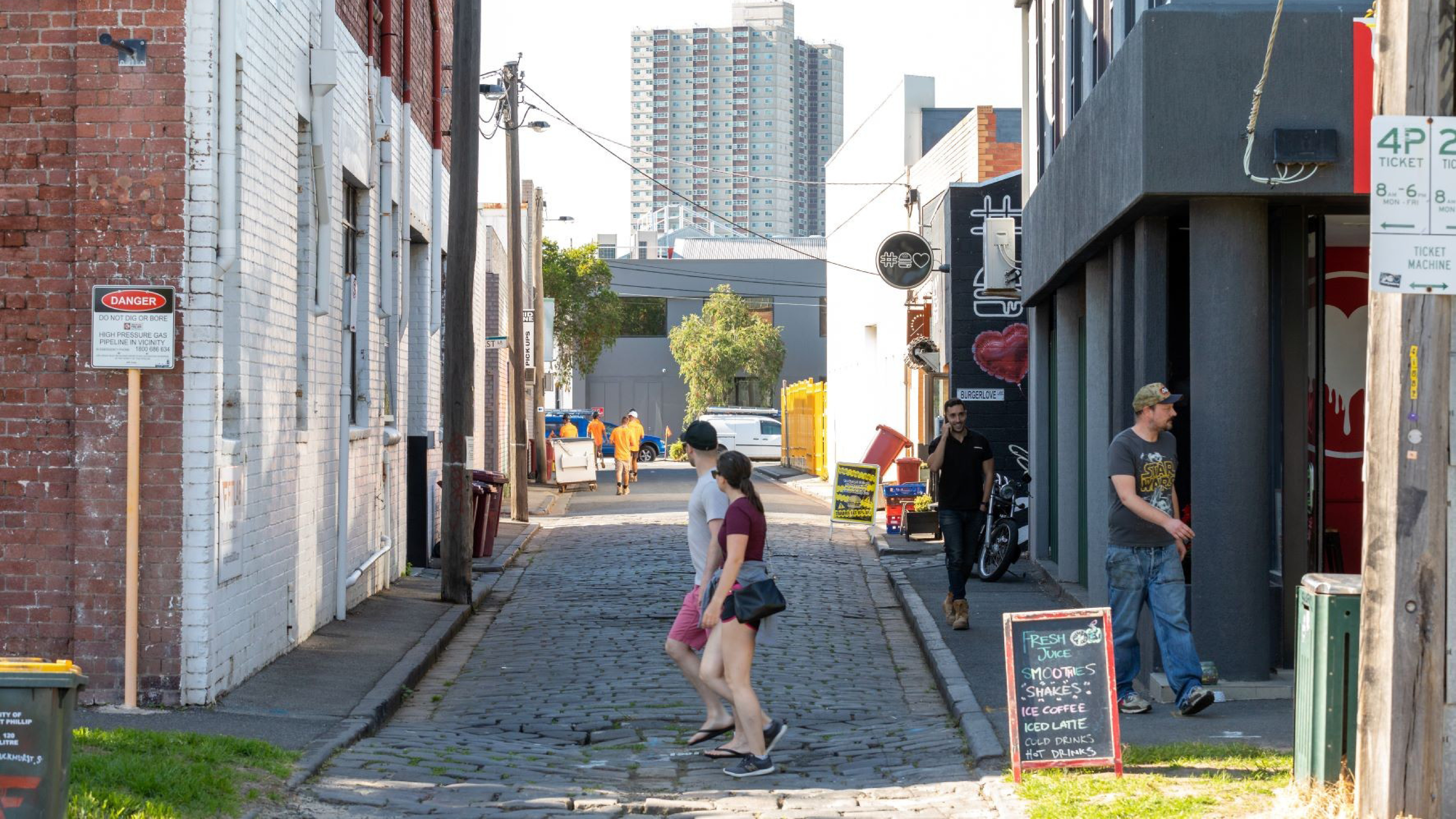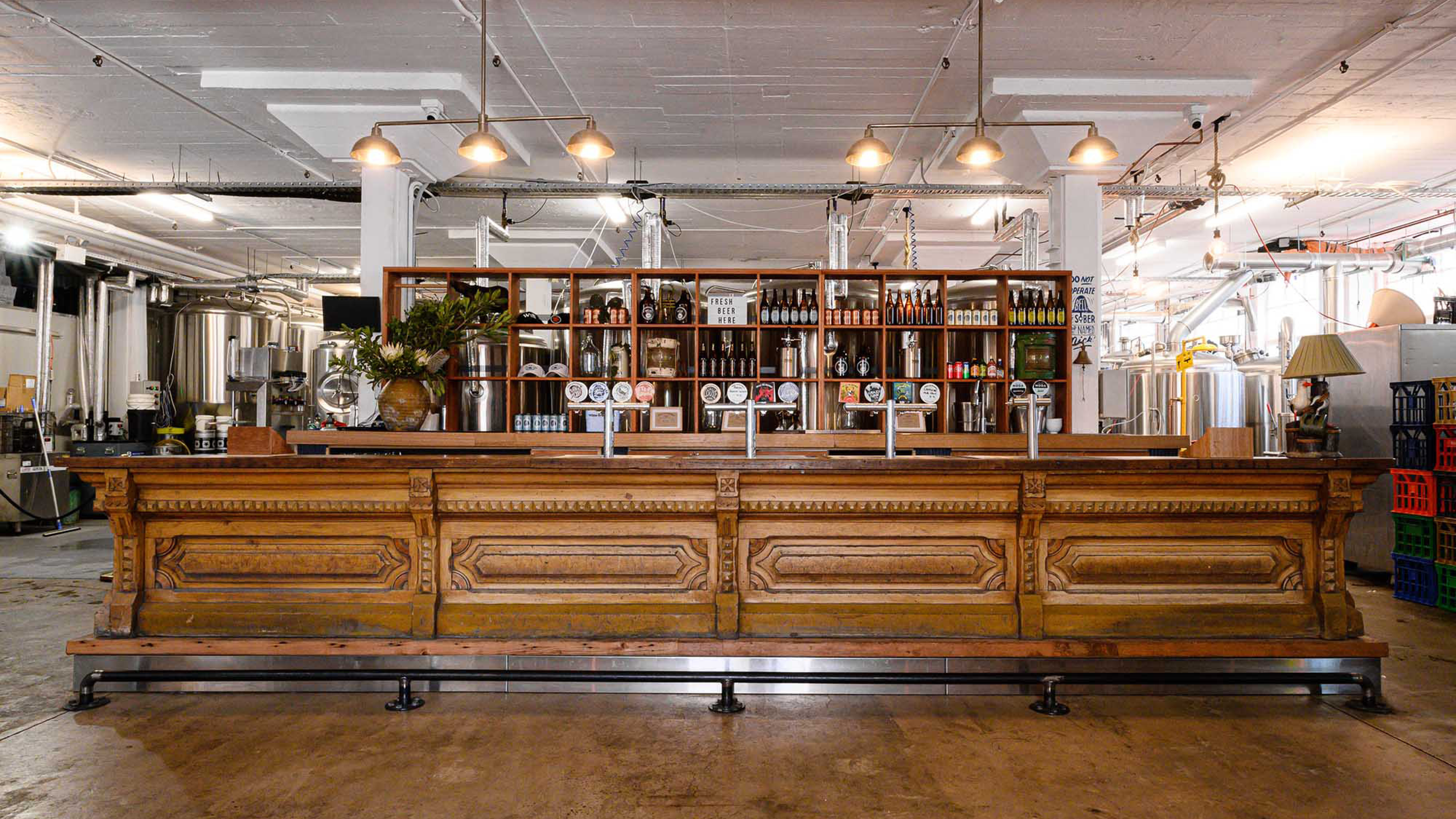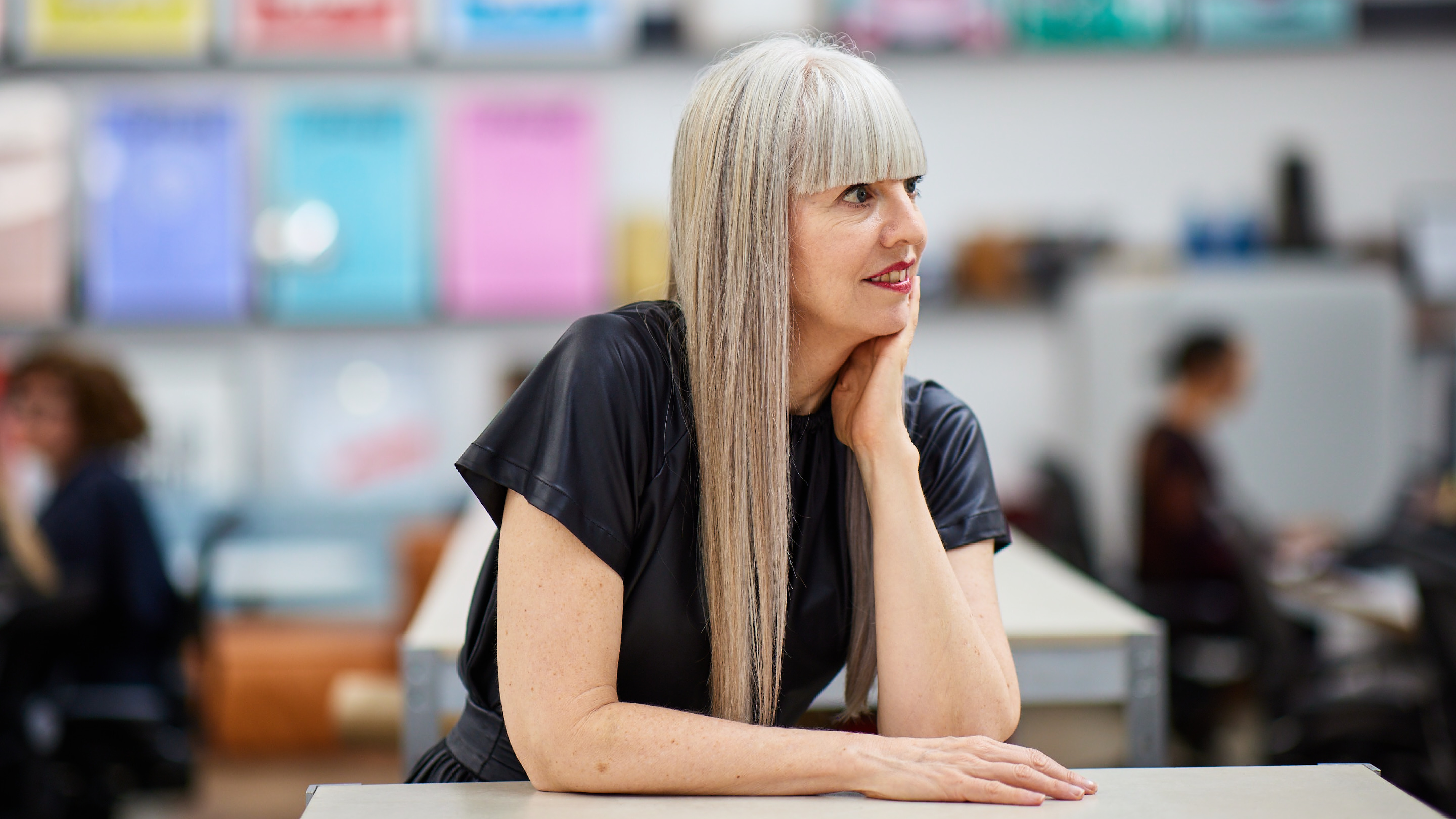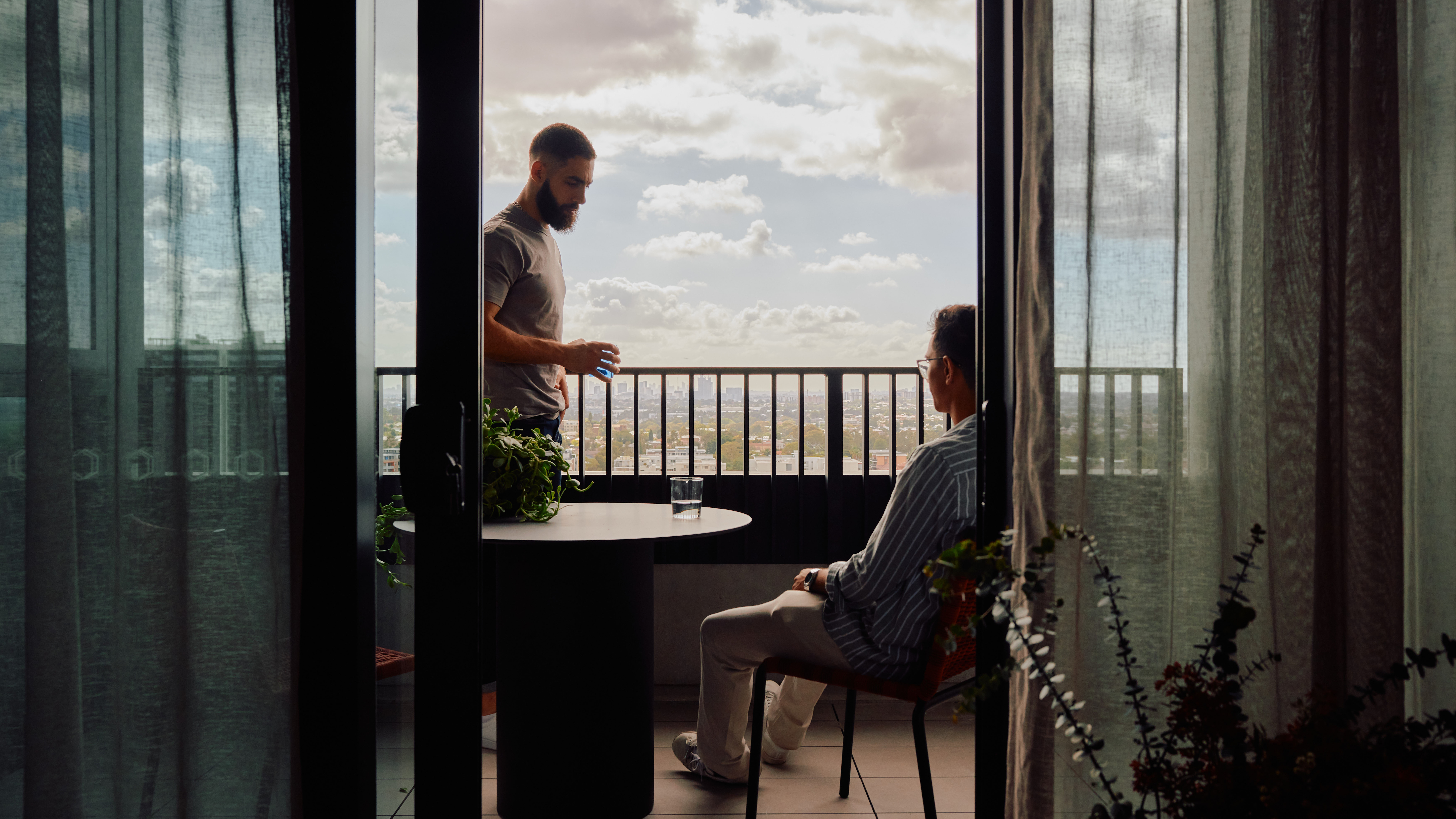MakingPlace is a series of interviews with the best minds and makers in Australian housing, development, and design. From craftspeople to politicians, we’ll be joined by the people and teams that are shaping tomorrow, today. We’ll also be taking a look behind the scenes at Nation, sharing the full story of how this project came to life.
For this edition we're joined by Lisa Havilah, CEO of Powerhouse Museum.
With a career that spans across four decades, Lisa Havilah has become one of the most influential and celebrated voices shaping arts and culture in Australia. Emerging from humble beginnings in Berry with formative years spent in Wollongong, Lisa has established herself as a visionary leader who specialises in putting venues on maps, with quality, innovative programming and deep connections to place. While she is perhaps best known as the director of Carriageworks — having evolved the former Eveleigh Carriage Workshops in to a landmark multi-arts venue — she has spent the majority of her career outside of the Sydney CBD, with a particular focus on Western Sydney. There she oversaw the transformation and growth of both Casula Powerhouse and Campbelltown Arts Centre, raising their profile while keeping them locally grounded. Now she has returned to Western Sydney, taking on the role of CEO at Powerhouse Museum and overseeing the development of the Powerhouse Parramatta, one of the world's most significant new museum projects.
Powerhouse Museum is recognised internationally as one of the great repositories of shared stories of innovation and achievement across the applied arts and sciences, providing a comprehensive insight into our rich and diverse country. As the first NSW State Cultural Institution to be based in Western Sydney, Powerhouse Parramatta will be a transformational cultural precinct. It will be the largest museum in NSW with over 18,000 sqm of exhibition and public space, attracting 2 million visitors a year.
Here Lisa takes a look back at her remarkable career and shares insights on the unique and vibrant tapestry of Western Sydney, setting the stage for what Powerhouse Parramatta will bring to the region under her direction in 2026.

Marcus Westbury, CEO FB IDEAS
Your career begins with the creation of an independent gallery in Wollongong. Could you talk share the story of formative experience and what you learned from it?
While I was studying at the University of Wollongong, myself and a couple of friends established a contemporary art space called Project Contemporary Art Space. We were able to get financial support from the local council as well as support from Dion’s Bus Company who gave us the space.
One of the things that was so wonderful about that experience was the level of community support that was given to the initiative, so what this project really taught me was about building a sense of community. I discovered that if you have a level of ambition and you're reaching out people want to be part of it, things can have a real and positive impact for the community.
There are echoes of this experience in the work I am now doing with Powerhouse in Western Sydney where you see that when industry and community and government come together, really great things can happen.
You've now worked with a number of different art centres based in and around Sydney, what is it that keeps you present and engaged here?
That’s right – I’ve gone from Liverpool to Campbelltown to Redfern, and now to Parramatta. I think there has been a change in the identity and the perception of Western Sydney. It has grown significantly, and we’ve also gone through a period of culture war that has shifted things a lot. I tend to think Western Sydney is the most international part of Australia because of all the diversity and the individual, family and industry international connections.
Sydney, and in particular Western Sydney provides this great context to create engaging contemporary arts and cultural programs because of its diversity. That hasn’t changed throughout my career, and it has kept me engaged, but I feel what has changed potentially is the broader culture valuing and people recognisingwhat is here in a new way, which is exciting.
"I think it's a challenge when people refer to “Western Sydney” as a whole because it makes it so broad that it leads to stereotypes of all these incredible places with their individual nature. It flattens them out and they lose their distinctiveness."
Have you found that there is a difference appetite for arts and culture between the regional and metropolitan sides of Sydney?
There are differences, but not necessarily what you would expect from the outside. I had a very similar experience in Campbelltown to what I am having now in Parramatta. I think these are places where, irrespective of their size, have held onto their sense of purpose, community, and identity. When you look at somewhere like the Sydney CBD, potentially, you can’t sense or experience that in the same way. But if you look at specific places within that broader place that we call Sydney, such as Campbelltown, Blacktown, Liverpool, and you break that down within those individual places there is a very special sense of place and identity.
I think it's a challenge when people refer to “Western Sydney” as a whole because it makes it so broad that it leads to stereotypes of all these incredible places with their individual nature. It flattens them out and they lose their distinctiveness. I'd rather talk about Western Sydney as those individual places than say Western Sydney as one large urban region I think it doesn't really help the region either.
PREVIOUS PROJECTS OVERSEEN BY LISA HAVILAH
CASULA POWERHOUSE, CAMPBELLTOWN ARTS CENTRE, AND CARRIAGEWORKS
Your leadership at both Casula Powerhouse Arts Centre and Campbelltown Arts Centre saw a significant growth in brand awareness and visitation, as well as an elevation in the quality of programming. What was your approach in helping achieve this success?
With Campbelltown, it was very much a process of opening up Campbelltown Arts Centre to the community and collaborating very closely with them, particularly with the local Pacific communities. Within arts experiences, people really want to see themselves reflected, so giving ownership and making sure that the programs, commissions, artists, and communities that we work with has real relevance is key to that audience growth. People want to engage with their own culture and their own community. This reflection of local people and culture also gives vibrancy to the program, and it connects what we do to the issues of the times: providing meaning and relevance.
In Campbelltown, one of the things that was happening at the time was public housing being turned into this public-social housing mix. One of the biggest programs that I did when I was at Campbelltown was in partnership with the NSW Department of Health and the Department of Housing. We brought together existing communities around Campbelltown and connected them with new Southeast Asian communities who were moving into the area through cultural programming. It was using arts and culture as a way to connect people and to support the quite radical demographic change that was happening across the city. .
Was there an education process required to get these new participants and audiences involved, particularly when they may not have had any experience with a major arts institution before?
No, because they were participating in the making of the work. One of the projects we worked with an artist where she brought together both Pacific and Southeast Asian choir groups to write a new piece of music, which we then performed in shopping centres. It was bringing different cultures together through the practice of making.
And this all helped to form a distinctive identity to Campbelltown Arts Centre. It’s a very, similar process with Powerhouse Parramatta where we're working on both a local level, but also a national and international level. We work with priority communities to reflect the local cultural demographic but we’re also looking at national and international stories that connect to that as well.
" People want to engage with their own culture and their own community. No matter where the program takes place, people need to feel that connection. "
After Campbelltown, you arrived at Carriageworks, a notable move in that it brought you from the outskirts to the inner city. Did your approach change with this shift in location and culture?
While the location was obviously different, it was a similar process in terms of making a program that is connected to the location itself and its cultural context. No matter where the program takes place, people need to feel that connection. One of the things about Carriageworks that really helped define its cultural programs was to look to its history. This was formerly the place where the carriages for all the trains in New South Wales were made. It was also the place where Aboriginal people were employed on an equal basis for the first time. It was also the place where a lot of new migrants coming into the country got their first job. And so just around these three key things there was already a strong context of equity and diversity embedded into that building. Even though an arts program is a different practice, it really set the foundation of how we were going to approach how we program. We did a lot of projects in partnership with First Nations communities in Redfern because Redfern is such an important First Nations place. We also connected with those broader stories and histories. I think what makes an arts program compelling is the integration of social history and stories of place.

POWERHOUSE PARRAMATTA, ARTIST IMPRESSION
DESIGN BY MOREAU KUSUNOKI AND GENTON
That brings us to the present day where you're now the CEO at Powerhouse, an important and beloved Australian institution that is roaring back into relevance again, particularly with this new build. What was it that attracted you to the role and what is it that you set out to achieve?
The thing that really excited me about this role was the decision that the NSW Government made to invest in establishing the first major cultural institution in Western Sydney and the intention behind that was about access and equity and saying that the communities of Western Sydney should be able to, access a world class international museum within their own city, within their own region. That's something that I really believe in, and I love that idea of how we could reframe or represent this very significant sandstone institution, make it contemporary and make it relevant to the communities that it is going to serve.
We are doing a lot of projects leading up to the opening in partnership with communities, so when the museum opens, I hope that people will feel ownership and see their culture and their community reflected in the projects that we're doing ongoing.
"The thing that really excited me about this role was the decision that the NSW Government made to invest in establishing the first major cultural institution in Western Sydney and the intention behind that was about access and equity and saying that the communities of Western Sydney should be able to, access a world class international museum within their own city, within their own region."
Obviously a project of this size needs to work for the local area, but it needs to draw in audiences from afar too. How do you go about managing a balance that works for both?
Powerhouse Parramatta needs to work on multiple levels. It must work on a hyperlocal level, but it also has to work on a national and international level as well. So, it's having that local context, but also, it's making sure that there is national and international and connection as well.
We really took it as an opportunity to interrogate what a museum is and even rethink what a museum at this moment in time should be. How can it have impact now? How can it make a meaningful contribution? These are the questions we're asking ourselves so we don't simply duplicate what we've done in Ultimo. We’re rethinking how we program, what we do, how it has impact, and how it contributes.
I think that is an important part of honouring the investment that the Government has made — to make sure that everything that we do has an impact and meets the broader ambition that the community and everyone involved has for themselves and the future.

POWERHOUSE PARRAMATTA, ARTIST IMPRESSION
DESIGN BY MOREAU KUSUNOKI AND GENTON
How do you guide that balance as you go? Is it a case-by-case assessment? What sort of framework is in place to ensure that your decisions are weighed up against this vision?
We’re a Museum of Applied Arts and Sciences, so that sets the frame, although that is a very broad frame because applied arts and applied sciences is very encyclopaedic. So, we also play a role at the intersection between industry, community, and education.
And so it is about balancing those things, and figuring out how we connect community, industry, young people, technology, and innovation. Beyond that we want those connections to become a through line of contemporary culture and cultural histories that connects people with it with their own histories as well. I think that's the sort of Janus facing approach which all museums must take, which is looking forward and looking back.
Some of the elements of the museum that we are creating are very distinctive, like the Lang Walker Family Academy, which is 60-bed accommodation for school kids, supporting an immersive learning program that we're developing with the NSW Department of Education. That program is connected to giving Western Sydney and regional New South Wales young people an opportunity to connect with industry, connect with tertiary education to let them see what possible future pathways might be, by taking them out of their everyday environment and connecting them with a whole range of new ideas, new people and new programs.
"I see Western Sydney as a barometer of the future. It provides a glimpse into what a possible future Australia will be. Things that are facing Western Sydney now, things like extreme heat, urban development, the culture wars —it's like the front face of Australia, which makes it for me, the most exciting place to be in this country."
In terms of building that audience nationally and even internationally, what are some of the main drivers for inspiring people to come through the door, especially those who are not traditional museum visitors?
There will be large scale ambitious exhibitions with a broad appeal, that will include local stories and feature the Powerhouse collection.
One of the projects we’re working on right now is about the history and future of retail, and interestingly one of the things that that came out of Western Sydney is of course, Westfield. This continues to havea huge influence on the world in terms of how we experience retail and what the future of retail is, but this project will have some incredible local content, so local stories alongside national and international ones.
I think that broadly it’s about working in the local context in a way that is engaged with the important issues that are happing in the world.
Naturally you would have observed many changes to the region over the years. What are your personal reflections on Western Sydney today?
I think I spoke about this a little bit before, but I think it's become bigger and broader. It’s always had a voice, but that voice has grown with the population and the development of the area. It’s always had a vital importance in the national economy too, and that has also grown.
Personally, I see Western Sydney as a barometer of the future. It provides a glimpse into what a possible future Australia will be. Things that are facing Western Sydney now, things like extreme heat, urban development, the culture wars —it's like the front face of Australia, which makes it for me, the most exciting place to be in this country.
Given the seriousness and complexity of those issues, do you believe that they are those issues are being tackled in a meaningful way?
In some ways they are and in others they are not. It is push and pull but I do know that there is a lot of innovation happening here and a lot of diversity that brings in different ideas and perspectives. There are barriers to solving some of these issues, but some of these are things that can be addressed, like access to technology and transport. The geography of Sydney is changing as a result of this.
POWERHOUSE PARAMATTA CONSTRUCTION
PHOTOS BY ZAN WIMBERLY
Parramatta was originally intended to be the CBD of Sydney, and now in many ways we see that becoming a reality. It has become a major centre on its own terms, transforming not only the city but the state.
I think that we are definitely at a tipping point. I'm not sure of the exact numbers, but if you think of New South Wales, there is something like a third of the population living in regional areas, a third within Sydney, and a third living in Western Sydney — so you can see the importance in relative terms and also noting that the majority of growth is happening in Western Sydney
"It’s an incredibly vibrant place already and so a big focus for us is to ask: how do we not duplicate but integrate and amplify?"
Obviously the Powerhouse it is such an important project for Parramatta and Western Sydney, with an immense cultural responsibility. What is your ultimate guiding principle for the impact and influence you can create here.
It’s an incredibly vibrant place already and so a big focus for us is to ask: how do we not duplicate but integrate and amplify? We’re trying to be very careful with existing cultural festivals and other programs that we support existing work. Our job is also to document history. So, we're not only going to amplify it, but we're going to make sure that it is embedded into the history of Sydney and the history of New South Wales within our institution.
It's an incredibly exciting project. When can we expect the doors to be open?
We're looking at opening in 2026, so we are still a while away from opening, but we're really focused on our programs and ensuring we’re in the best possible position for opening. There’s a lot to do in the meantime.
